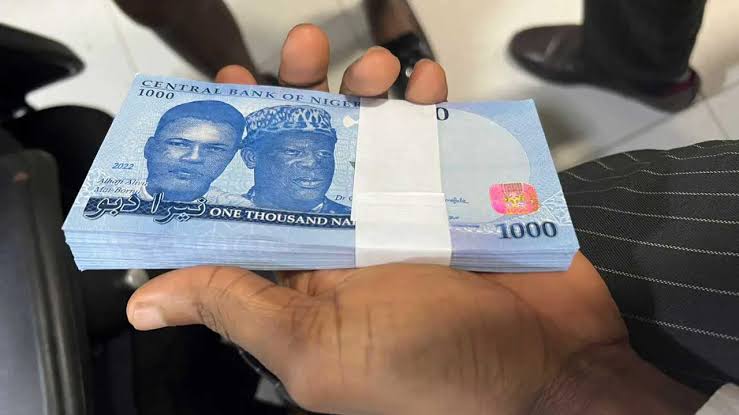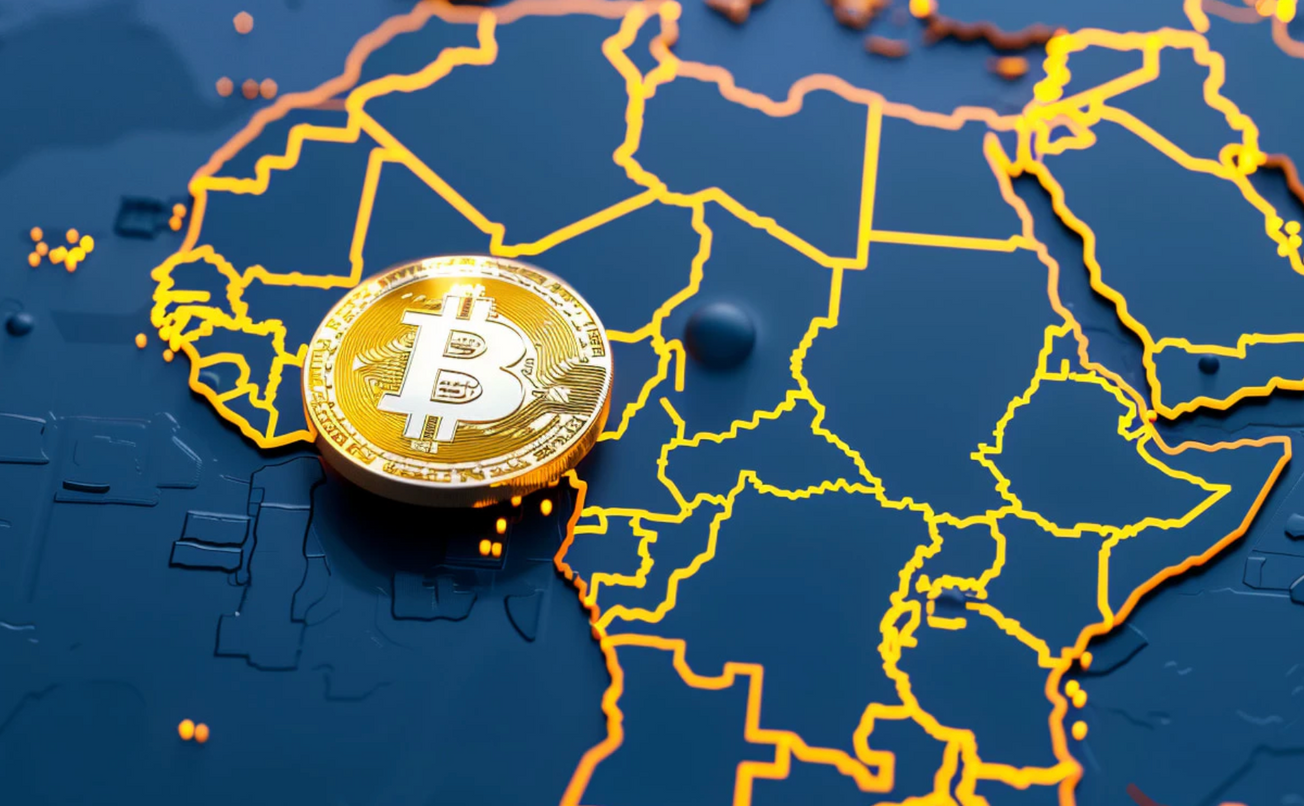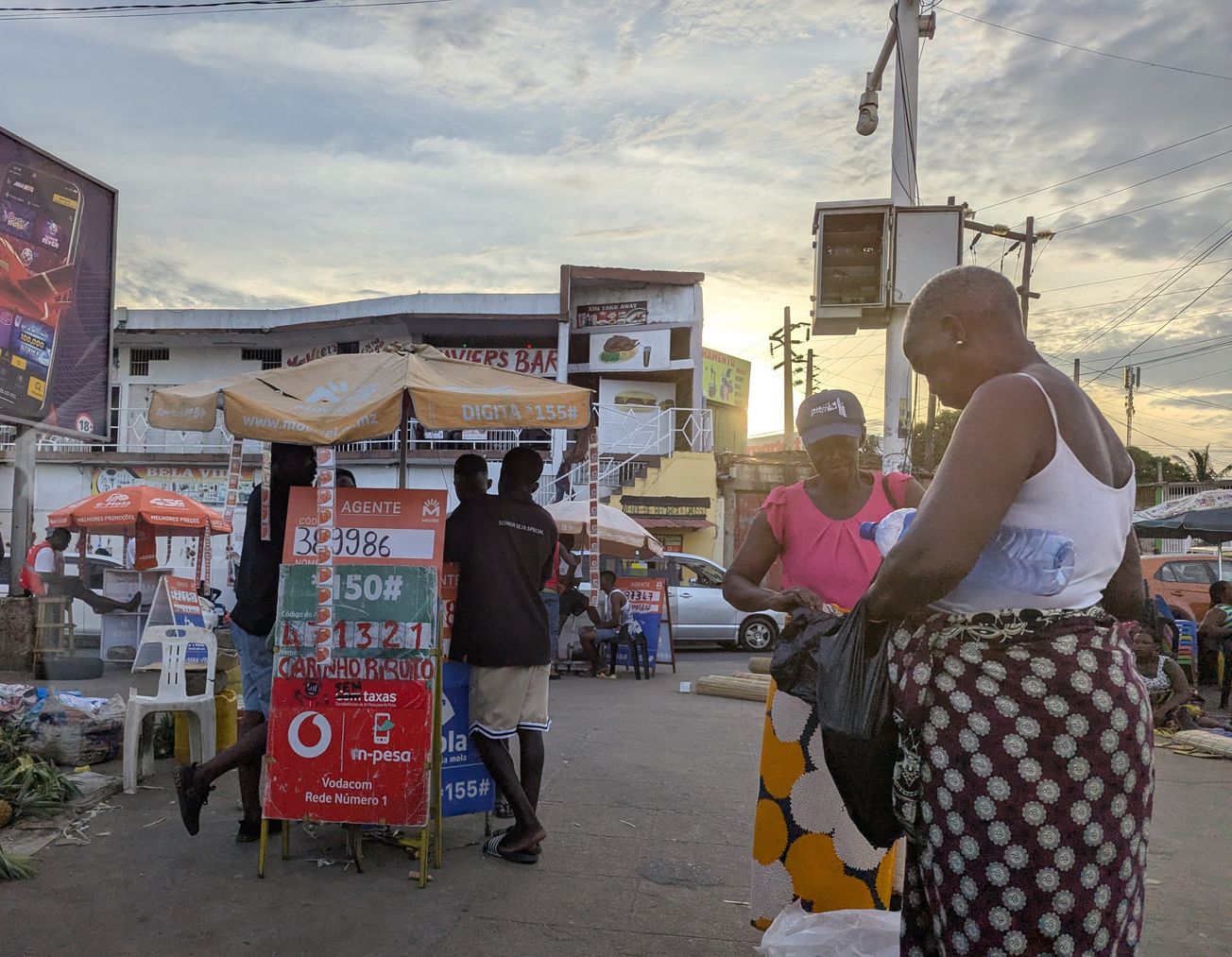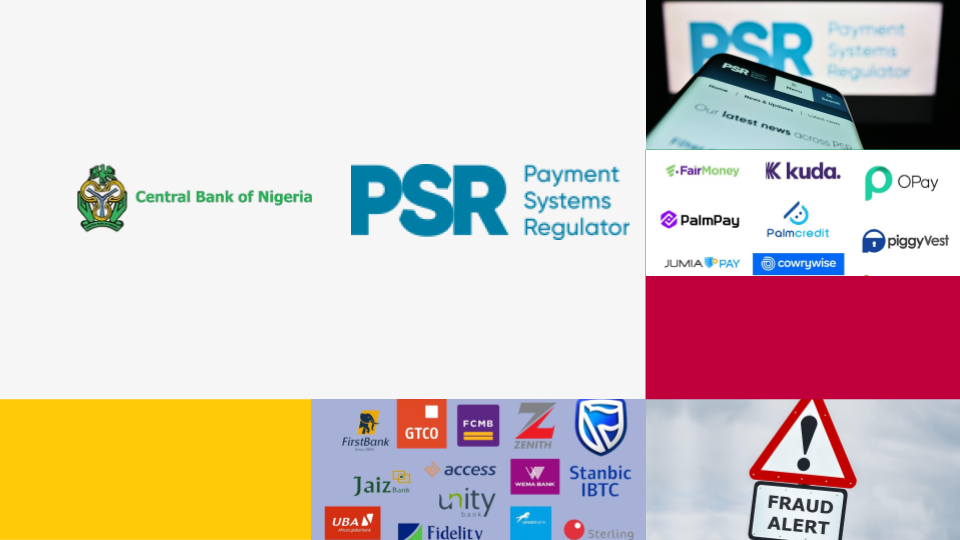One of the things I have learnt about the domestic demand for naira is the fact that the demand for the currency is inelastic. This is rooted in the willingness of people to pay the charges placed on withdrawals from agents.
In economics, we believe that one of the determinants of price elasticity of demand is time horizon - short and long run. In the short run, the demand for a necessity tends to be inelastic, while in the long run it is elastic. The reason behind this dynamics is rooted in the inability of individuals to adjust their behaviour in the short run.
The new naira note presents this dynamics, but what exactly is elastic/inelastic demand?
Think about elastic and inelastic demand as how you react to the purchase of an item when price changes. When demand is inelastic, you adjust your spending behaviour a bit when price changes. On the flip side (elastic demand), you make huge adjustment to your spending pattern when price changes.
So how does it relates to the new naira note?
There has been a lot of joke around the naira gaining against the naira. The reason behind this joke is not far fetched as agent charge exorbitant price for withdrawals. The lack of a pure substitute for cash - an undeveloped banking system means that the demand for naira is inelastic in the short run.
There are other factors that comes into play here. Nigeria has a lot of MSMEs - accounts for 96.7 percent of businesses , and majority of individuals within this space are illiterate and they don't really know how to use services like electronic transfers. Thus, cash is key for this sector.
For me, three things make the demand for money within the Nigerian context inelastic in the short run.
1. The underdeveloped banking system
2. Knowledge gap about the use of electronic money transfers.
3. The cost/fee of using a POS by most MSMEs.
All these factors play a role in making the demand for money inelastic in the short run.
What happens in the Long Run?
Just like how the demand for most necessities switches from inelastic in the short run to elastic in the long run, I also expect the demand for money to follow the same path - that is switching from inelastic to elastic. How?
I believe that people (Nigeria) demand for money to finance things like transportation and purchase of food. Given the factors I mentioned earlier regarding the reasons why demand is inelastic, the system needs cash to thrive and for this reason, people are willing to pay exorbitant fees for withdrawals. This problem creates a sweet spot for fintechs especially people in the business of mobile wallets (MTN and O-pay I am looking at you).
In the long run, I expect a lot of innovation around transportation and products for MSMEs - payments solution. I perceive that we will be having a lot of vehicles with NFC technology, where users make use of prepaid cards to pay for their fare. We could also see the rise of the alienated O-Ride and maybe an app that makes using public transport easier.
These solutions (transportation and MSMEs) will definitely change the way people view money and thus the switch of the demand for money from inelastic to elastic.






